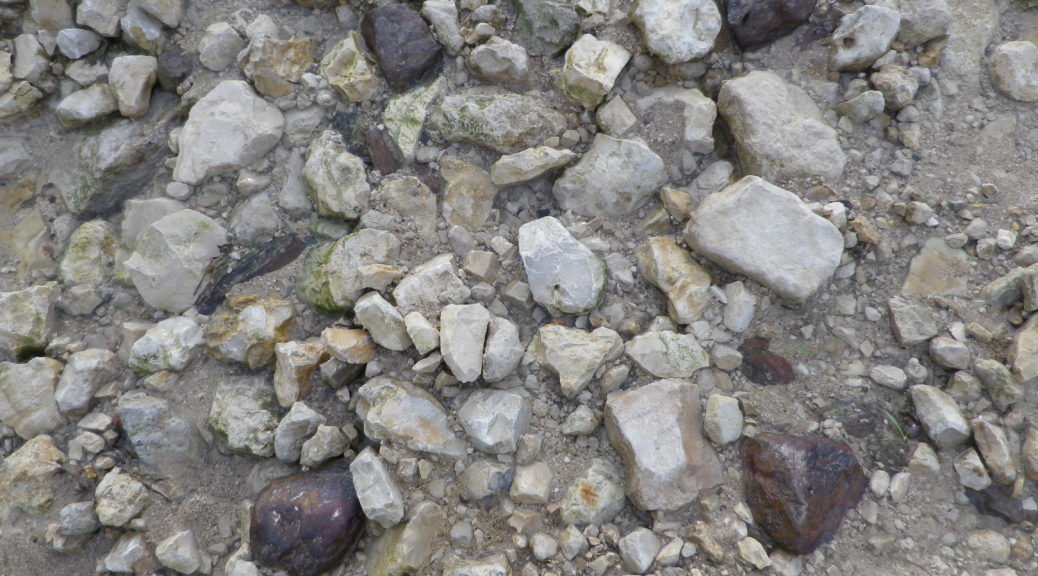What I Learned
The Loire River, being over 1000 kilometers long, has several appellations along, or near it. Previous posts covered the wines of the lower half of the Loire, by Anjou, Amboise, and the famous chateaux of the Loire. This post concerns Sancerre, the appellation in the upper half of the Loire.
Sancerre is famous for its racy Sauvignon Blanc wines. Nowadays, a bit over 80 per cent of all wine production here is Sauvignon Blanc wine. It is a varietal wine made from Sauvignon Blanc grapes, which do exceptionally well in this area’s cooler, continental climate. (By contrast, the lower Loire has an Atlantic climate.) As most wine lovers know, Sauvignon Blanc wine is rather distinctive. Like Sauvignon Blanc wines world-wide, Sancerre Sauvignon Blanc exhibits a crisp, fruity, citrus sharpness, from the nose to the palette, and a fair amount of acidity. Flavor descriptions tend to include citrus, green gooseberries, and green apple.
But in Sancerre, the Sauvignon Blanc wine can also take on a mineral note. This is likely due to the chalk substrata on which the vineyards lie. Further, elements of flint and limestone in different vineyard areas add to the intriguing mineral aspect of the wine’s flavor profile. Thus, with its unique terroir and traditional vinicultural practices, Sancerre’s Sauvignon Blanc wines were awarded appellation status in 1936.
But in the early dark ages through the late medieval era, Sancerre was known for its red wine, Pinot Noir. Monks originally cultivated the grapes for use in the Mass. Sancerre still produces Pinot Noir wines, including some matured in oak. It also uses the Pinot Noir grapes to produce a rose wine. These wines gained appellation status 23 years later than the Sauvignon Blanc wines.
What I Tasted
2016 Sauvignon Blanc, La Demoiselle, Appellation Sancerre Controlee, Alphonse Mellot: A dry white wine with medium minus gold color; slight mineral and spice nose, with slight grape, floral and spice flavors; high acidity.
2016 Sauvignon Blanc, Appellation Sancerre Controlee, Patrick Noel: A dry white wine with medium gold color; vanilla, citrus nose with vanilla, grapefruit, and lemon flavors; tart on the palette, with medium acidity, but a smooth and long finish.
2016 Sauvignon Blanc, Tradition, Appellation Sancerre Controlee, Domaine Bernard Fleuriet et Fils: A dry white wine with medium minus gold color; a mineral nose, with a light mineral and peach flavors; medium plus acidity.
2016 Sauvignon Blanc, Appellation Sancerre Controlee, Domaine Reverdy-Ducroux: A dry white wine with very light, white gold color; mineral nose, with grapefruit and flinty flavors; medium plus acidity with a tart, medium length finish.
2015 Sauvignon Blanc, Appellation Sancerre Controlee, Domaine Auchere: A dry white wine with very light gold color; a mineral nose, with mineral and grapefruit flavors; medium acidity.
2014 Sauvignon Blanc, Cuvee de l’Abbaye, Appellation Sancerre Controlee, Domaine Auchere: A dry white wine with very light gold color; a mineral nose, with mineral and grapefruit flavors; mild acidity and a fuller body than the wine above.
2014 Sauvignon Blanc, Appellation Sancerre Controlee; Patrick Noel: A dry white wine with very light gold color; a green apple nose, with green apple flavor and slight spice notes; medium acidity.
2014 Sauvignon Blanc, Cuvee Excellence, Appellation Sancerre Controlee; Patrick Noel: A dry white wine with very light gold color; a green apple nose, with green apple and spice flavors; from older vines, this wine is more mellow, and less acidic (low acidity) on the finish than the wine above.
2014 Sauvignon Blanc, Millesia, Sancerre AOP, Domaine Serge Laporte: A dry white wine with light gold color; a fruity and mineral nose, flavors of minerals, lychee, grapefruit and green apple, with a touch of spiciness; medium acidity.
2013 Sauvignon Blanc, Cuvee des M.a.g.e.s, Sancerre AOP, Domaine Serge Laporte: A dry white wine with very light gold color; green apple nose, with green apple and sweet spice flavors; milder acidity than the 2014 above.
